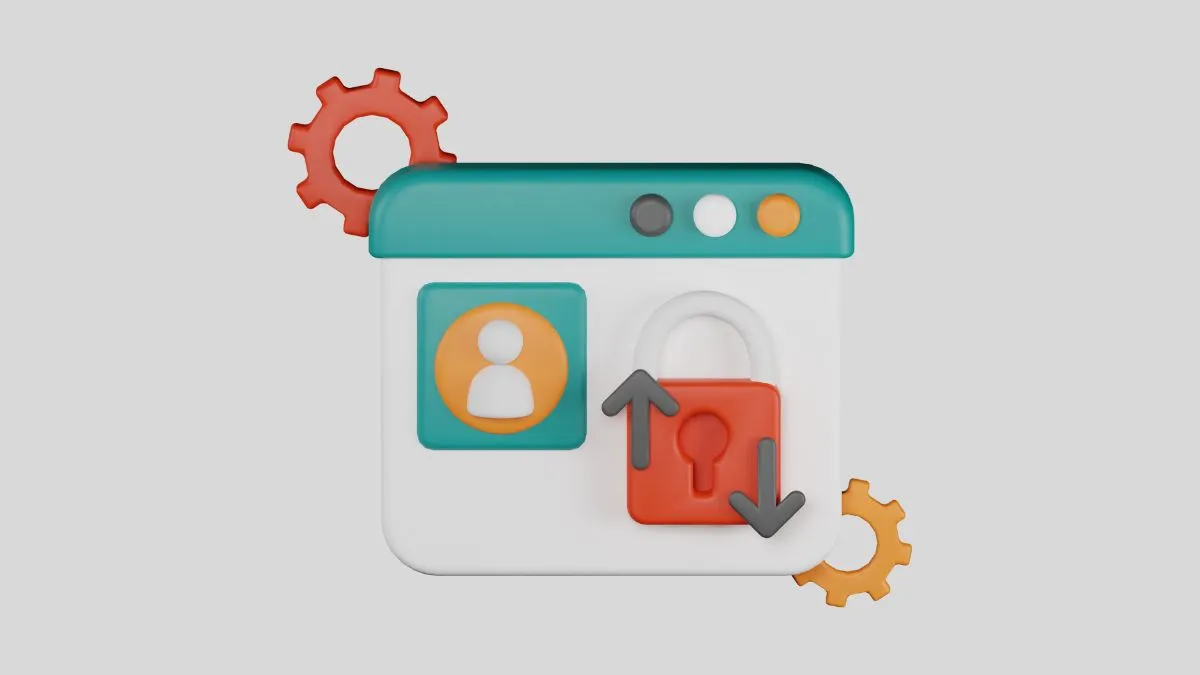Content Keeper is a web filter designed for educational institutions and businesses that provides internet filtering and monitoring capabilities.
It is designed to help protect users from potentially dangerous websites while also providing various tools such as restricting access to certain websites, blocking incoming messages, and more.
However, some users may want to bypass Content Keeper on their Chromebooks for various reasons.
This article will discuss the different ways that a user can do this, as well as the pros and cons of each method.
7 ways to get rid of content keeper on a Chromebook:
Method 1: Use a VPN
The most common and effective way to bypass Content Keeper on Chromebook is to use a Virtual Private Network (VPN).
A VPN creates an encrypted “tunnel” between your device and the internet, making it difficult for filters or censors to detect or block online content.

By using a VPN, you can easily bypass Content Keeper restrictions and access websites that are blocked.
Method 2: Use Proxy Servers
Proxy servers act as an intermediary between your computer and the internet, allowing you to access restricted websites without going through any type of monitoring service like Content Keeper has in place.
Using proxy servers is a great way to get around content filtering tools without having to install additional software or hardware.

Method 3: Use TOR Browser
The Tor browser is a web-based program that allows you to browse the internet anonymously, making it difficult for filters and censors to detect or block your activity.
By using the Tor browser, you can easily bypass Content Keeper on Chromebook and access websites that are blocked in your area.

Method 4: Log Into Another Network
One of the easiest ways to bypass Content Keeper on Chromebook is by logging into another network, such as a neighbor’s Wi-Fi or an open public hotspot nearby.
Since these networks don’t have any filtering software installed, you should be able to access websites without any issues.
Method 5: Install Chrome Extensions
There are several website unblocking extensions available for the Chrome browser that can help you bypass content filters.

These extensions are easy to install and provide an additional layer of protection against Content Keeper on Chromebook.
Method 6: Use Google Cache
If you want to view a website without going through any type of filtering service, you can try using Google’s cached version instead.
By visiting the cached version of a website, you should be able to access most of its content without having to go through Content Keeper at all.
Method 7: Change DNS Settings
Another way to get around Content Keeper on Chromebook is by changing your device’s Domain Name System (DNS) settings.

Changing these settings allows your computer to communicate with different web servers than what it normally connects to, giving you access to websites that may be blocked by filters or censors.
How to Connect to a VPN on Chromebook?
To connect to a VPN on Chromebook, you’ll first need to find and install an appropriate client from the Chrome Web Store.
Once installed, simply open the client and follow the instructions to create an account. Once your account is created, you’ll be able to connect to any of the VPN’s servers and start browsing securely.
Pros and Cons of using a VPN :
The main benefit of using a VPN is that it offers a high level of security and privacy. All of your web traffic will be routed through the remote server, making it impossible for Content Keeper to track or block your activities.
However, using a VPN may slow down your internet connection due to the extra encryption overhead.
Additionally, some websites may still be able to detect that you are using a VPN by looking at your IP address, so there is no guarantee that this method will work in all cases.
What is a Tor browser?
The Tor Browser is an open-source web browser that uses the Tor network to allow users to browse the web anonymously.
It works by bouncing your internet traffic through multiple nodes, making it impossible for anyone to track or block your activities.
How to install and use the Tor browser on Chromebook?
Installing and using the Tor Browser on a Chromebook is relatively easy and can be done in just a few steps:
1. Download and install the latest version of the Tor Browser from the official website.
2. Once installed, open the browser and select “Connect” from the options menu.
3. You will then be prompted to enter your preferred language and timezone settings before connecting to the Tor network.
Pros and Cons of using the Tor Browser:
The main benefit of using the Tor Browser is that it offers a high level of security and privacy by bouncing your internet traffic through multiple nodes.
This makes it impossible for Content Keeper (or anyone else) to track or block your activities.
However, the extra encryption overhead may slow down your internet connection, and some websites may still be able to detect that you are using a VPN by looking at your IP address.
Additionally, this method is not foolproof, as even the most secure browsers can be exploited if users don’t take proper precautions.
Conclusion
Content Keeper is a useful tool for protecting users from potentially dangerous websites, but some users may want to bypass it for various reasons.
The two most common methods of doing this are using Chrome Incognito mode and a Virtual Private Network (VPN).
Both have their pros and cons, so it’s important to consider the specific needs of your situation before deciding which method is right for you.
With the right approach, you should be able to safely bypass Content Keeper on your Chromebook with minimal effort.
Frequently Asked Questions
How to delete content Keeper on Chromebook?
Content Keeper can be deleted from your Chromebook by uninstalling it from the Chrome Web Store. This will remove all settings and data associated with Content Keeper, as well as any restrictions it may have placed on your device.
Is Content Keeper legal?
Yes, Content Keeper is legal and has been approved for use in many countries around the world.
Is content keeper safe?
Content Keeper is generally considered to be a safe tool for protecting users from potentially dangerous websites.
It uses advanced filtering technology and user-defined settings to block access to unwanted or potentially dangerous content, thereby helping keep your device safe from malicious activity.
What does ck authenticator do every 30 seconds?
The CK Authenticator is a feature in Content Keeper that performs a security check every 30 seconds. This helps ensure that the user’s device is not being accessed by an unauthorized person or computer.
Does CK Authenticator take screenshots?
No, CK Authenticator does not take screenshots. Instead, it uses advanced algorithms to detect any suspicious activities and alert the user if anything is amiss. This helps keep user data safe and secure while they are using their device.





